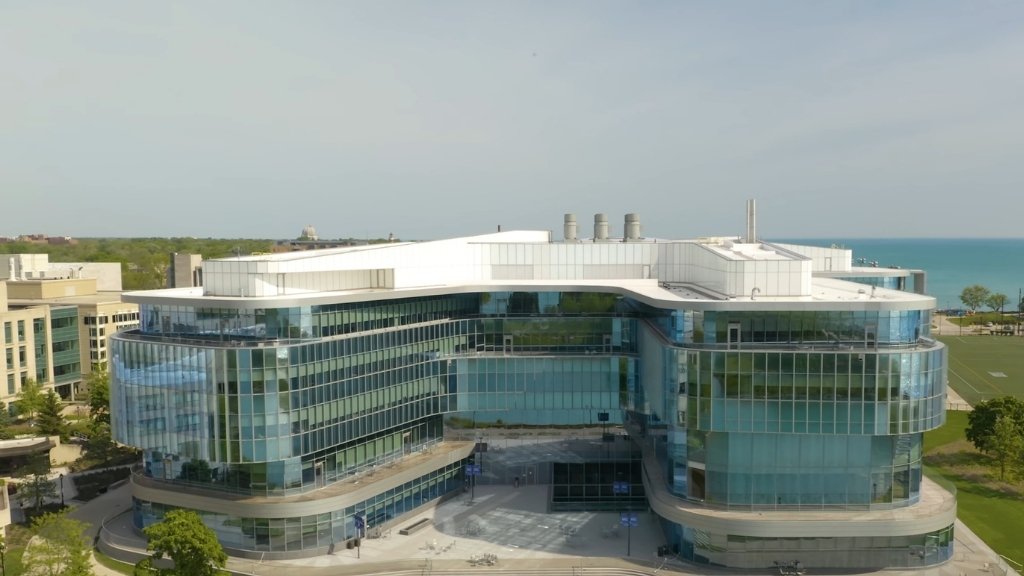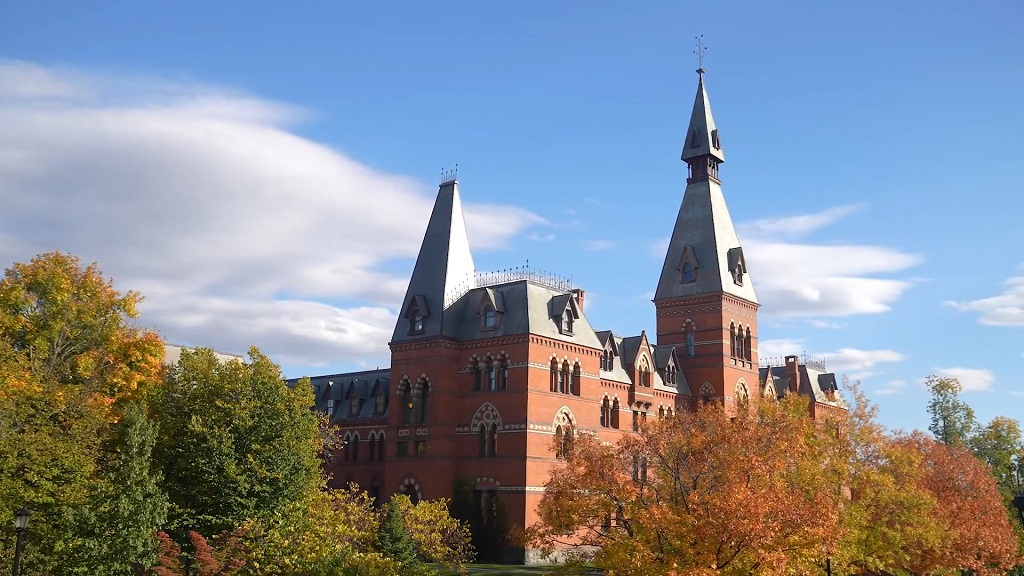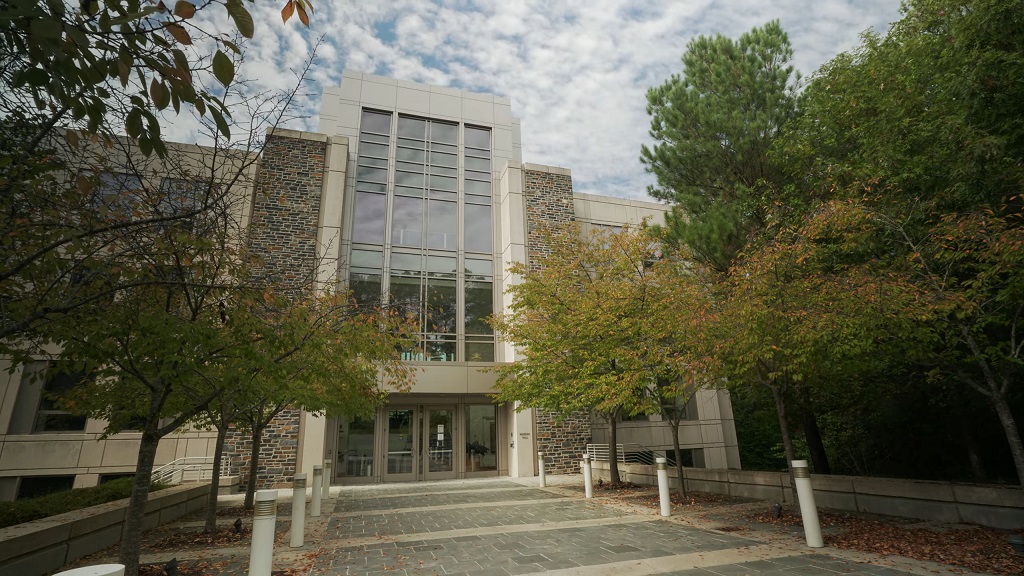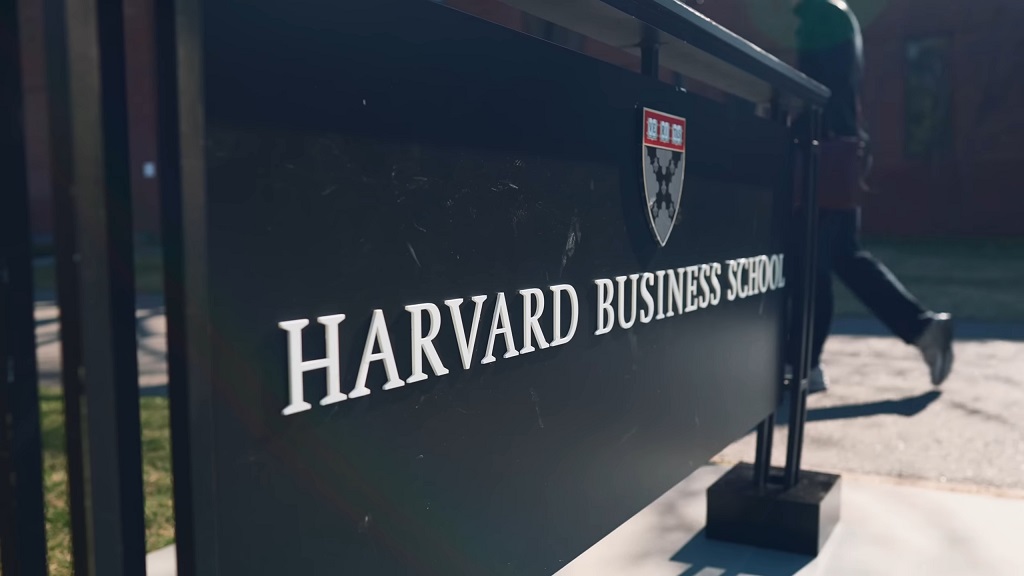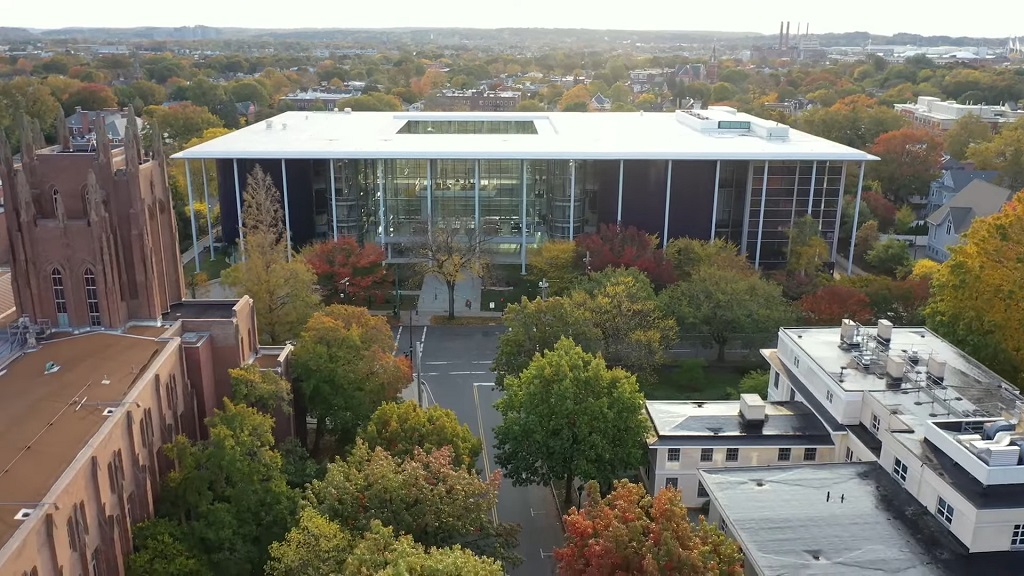
An MBA is one of the biggest educational investments anyone can make in the United States. Tuition, living costs, and opportunity costs together often reach well into six figures. For most students, what justifies that cost is the potential salary boost on the other side.
At the top programs, that payoff is significant. Graduates can expect to clear $200,000 in total first-year compensation when base salary and signing bonuses are combined.
Based on data from Poets&Quants, which compiled employment numbers from U.S. News and verified school reports for the MBA class of 2023, here’s a ranking of American business schools that deliver the highest overall MBA pay.
Unlike many generic rankings, this one focuses entirely on total first-year compensation, not brand prestige or admission difficulty.
How the Ranking Was Built
Before looking at the numbers, it helps to clarify what’s being compared.
Different organizations measure MBA pay differently:
- Some report the median base salary at graduation
- Others use the average base salary
- Some factor in signing bonuses or expected first-year performance bonuses
- The Financial Times, for instance, measures weighted salary three years out, adjusted for purchasing power
The Poets&Quants approach focuses on what a graduate typically earns in their first year after completing the MBA. That means:
This provides a closer approximation of what new MBAs actually take home early on, rather than theoretical numbers that include outliers.
A Quick Look
| Rank | School | Total Pay 2023 | Avg. Base Salary | Avg. Signing Bonus | % Receiving Bonus |
| 1 | Stanford GSB | $204,008 | $189,010 | $42,249 | 35.5% |
| 2 | Chicago Booth | $199,741 | $173,310 | $39,687 | 66.6% |
| 3 | Virginia Darden | $199,247 | $167,899 | $37,588 | 83.4% |
| 4 | Dartmouth Tuck | $196,995 | $170,824 | $37,548 | 69.7% |
| 5 | NYU Stern | $196,176 | $168,182 | $38,192 | 73.3% |
| 6 | Wharton (UPenn) | $194,876 | $175,828 | $37,944 | 50.2% |
| 7 | Northwestern Kellogg | $194,425 | $169,698 | $35,324 | 70.0% |
| 8 | Cornell Johnson | $193,053 | $162,808 | $38,826 | 77.9% |
| 9 | MIT Sloan | $191,293 | $168,095 | $38,989 | 59.5% |
| 10 | Duke Fuqua | $189,754 | $162,834 | $34,691 | 77.6% |
Typical MBAs in the wider market, according to GMAC and NACE, start around $85,000 to $120,000, depending on the survey. That means graduates from the schools above often earn 60–120% more in their first year alone.
1. Stanford Graduate School of Business

Stanford sits comfortably at the top, with total first-year pay averaging $204,000 for the class of 2023. It’s the only program that broke the $200,000 line.
Many Stanford MBAs enter private equity, consulting, and tech, with strong pay, particularly in buy-side finance roles, where firms like FD Capital Recruitment help connect top talent to senior financial positions. When performance bonuses are added, real first-year pay often exceeds $230,000. The school’s deep ties to Silicon Valley also give graduates access to lucrative startup and venture capital paths. Booth follows closely with total pay near $199,700. Its consistent dominance in finance and consulting keeps average salaries high, even when markets cool. Graduates frequently join investment banking, private equity, hedge funds, and top-tier consulting firms. Booth’s location in Chicago keeps its network anchored in both Wall Street and Midwest finance hubs. Darden’s numbers are striking: total first-year pay around $199,200, close to Booth despite its smaller class. Darden also posted the largest year-over-year compensation growth in the top 10, up 6.6% from 2022. Most graduates head into consulting and general management roles with generous base pay and strong advancement potential. With an overall pay of about $197,000, Tuck shows the strength of its tight-knit Ivy League cohort. Tuck’s compensation has grown roughly 25% over five years. Graduates often move into consulting and investment banking, where high pay is standard. Its smaller size amplifies the impact of top offers on the school’s averages. NYU Stern’s total first-year pay comes in around $196,200. Being based in New York City gives students direct access to Wall Street and elite consulting firms. Over five years, Stern’s average MBA pay has risen by 23%. Graduates find high-paying roles in finance, consulting, fintech, and media, keeping compensation competitive even in softer job markets. Wharton’s reputation as a finance powerhouse continues to hold up, with total first-year pay around $194,900 and strong three-year salary growth. By Financial Times’ longer-term metric, Wharton alumni earn a weighted average salary of about $240,000 three years out. Many enter investment banking, private equity, and consulting, though tech and venture capital remain strong secondary paths. Kellogg, traditionally known for marketing, now produces broad-based pay outcomes comparable to the finance-heavy programs above. Over five years, total pay has climbed 28%, one of the steepest increases among elite schools. Most graduates move into consulting, brand management, product, and strategy roles, all of which command strong first-year packages. Cornell Johnson quietly delivers some of the best returns relative to its selectivity, with total first-year pay around $193,100. Consulting, investment banking, and technology dominate placement outcomes. Johnson’s pay has grown nearly 25% over five years, boosted by its integration with Cornell Tech and expanding ties to major employers. MIT Sloan’s hybrid focus on tech, data, and finance translates into total first-year pay near $191,300. Beyond traditional consulting and finance, Sloan graduates frequently join big tech firms, startups, and product management roles where equity compensation increases long-term earnings. Median “other” compensation beyond the signing bonus is about $40,000. Fuqua rounds out the list with overall pay just under $190,000. Graduates move into consulting, healthcare, corporate finance, and tech. Poets&Quants’ five-year comparison shows a 22% pay increase, reflecting solid growth despite tougher recruiting cycles. When the list is sorted purely by first-year total pay, a few high-profile names fall just outside the top ten, though their numbers remain elite. All three schools continue to produce six-figure salaries for most graduates. However, they’ve also seen tougher placement cycles. A Wall Street Journal report noted that more than 20% of Harvard MBAs were still seeking roles three months after graduation as large employers scaled back hiring. MBA pay tables can look straightforward, but they often hide important context about industries, bonuses, and long-term outcomes. A closer read separates headline figures from what graduates actually earn. High averages often reflect where graduates go, not just how good the school is. Programs that feed heavily into consulting, investment banking, and private equity naturally post higher salaries. Stanford, Booth, and Wharton send large cohorts into those industries, while schools with more students in nonprofits or startups see lower averages despite strong outcomes in other terms. The Poets&Quants calculation already weights signing bonuses, but many grads also receive performance bonuses and stock compensation. Examples: Ignoring those numbers can understate total pay by tens of thousands. While first-year pay ranks Stanford and Booth near the top, Financial Times data suggests Harvard leads globally in three-year weighted salary, averaging around $257,000. That reflects faster long-term progression, especially in finance and leadership roles. Even with record-high salaries, job placement has become harder. Reports from 2024 show that top schools faced slower hiring cycles, particularly in tech and consulting. The upside is that those who do secure offers often receive even higher pay, as employers compete for fewer hires. Salary figures alone don’t tell the whole story. Looking deeper into the data reveals clear patterns about where the money comes from, how it’s grown, and what actually drives those top-tier MBA outcomes. At the elite schools, total first-year compensation between $190,000 and $200,000 has become standard. That’s well above the market average of $100,000 or less for most MBA programs nationwide. Despite high tuition, the return on investment remains strong, especially for graduates entering high-paying sectors. From rank 2 through 10, total pay varies by less than $10,000. In other words, once a program hits the upper bracket, small differences don’t mean much. Stanford leads clearly, but Booth, Darden, Tuck, Stern, Wharton, and others operate in almost the same financial range. Across the leading programs, Poets&Quants tracked five-year pay growth of 18% to 30%, which outpaces inflation over the same period. That trend reflects both salary competition among employers and MBA programs’ emphasis on career services. Harvard, Columbia, and Yale all post slightly lower total first-year pay than smaller peers like Darden or Tuck. Yet their brand power, alumni networks, and long-term trajectories still place them among the best choices for ROI over a career. The data also signals a growing split between outcomes. Those who land consulting or finance offers can reach $200,000 quickly. Others may face longer job searches or accept roles with lower immediate pay but higher growth potential. The era of guaranteed high-paying post-MBA jobs has faded somewhat, even for elite graduates. MBA salaries in the United States have reached historic highs at the top schools. Graduates from the programs listed here typically start their post-MBA careers earning around $190,000 to $200,000 in total first-year compensation, with long-term trajectories that often double that within a few years. While headline numbers can look similar, the differences lie in industry mix, bonus participation, and job timing. Stanford remains in its own league, but programs like Booth, Darden, Tuck, and Stern demonstrate that world-class earnings are achievable across a broad set of institutions. For candidates weighing where to invest their time and tuition, the message is straightforward: the payoff is still real, but it requires sharp career planning, industry alignment, and resilience in a slower hiring market.
2. Chicago Booth School of Business
3. University of Virginia Darden School of Business
4. Dartmouth Tuck School of Business
5. NYU Stern School of Business
6. Wharton School, University of Pennsylvania
7. Northwestern Kellogg School of Management
8. Cornell Johnson Graduate School of Management
9. MIT Sloan School of Management
10. Duke University Fuqua School of Business
The Near Misses (Harvard, Columbia, and Yale)
Harvard Business School
Columbia Business School
Yale School of Management
Reading the Salary Data Correctly
1. Industry Mix Drives Pay
2. Bonuses and Equity Are Big Factors
3. Three-Year Salaries Tell Another Story
4. The Job Market Has Tightened
Patterns Behind the Numbers
Top MBAs Still Deliver Exceptional ROI
Salaries Cluster at the Top
Steady Pay Growth
Prestige Isn’t Always Equal to Pay
Risk Has Increased
Final Takeaway



